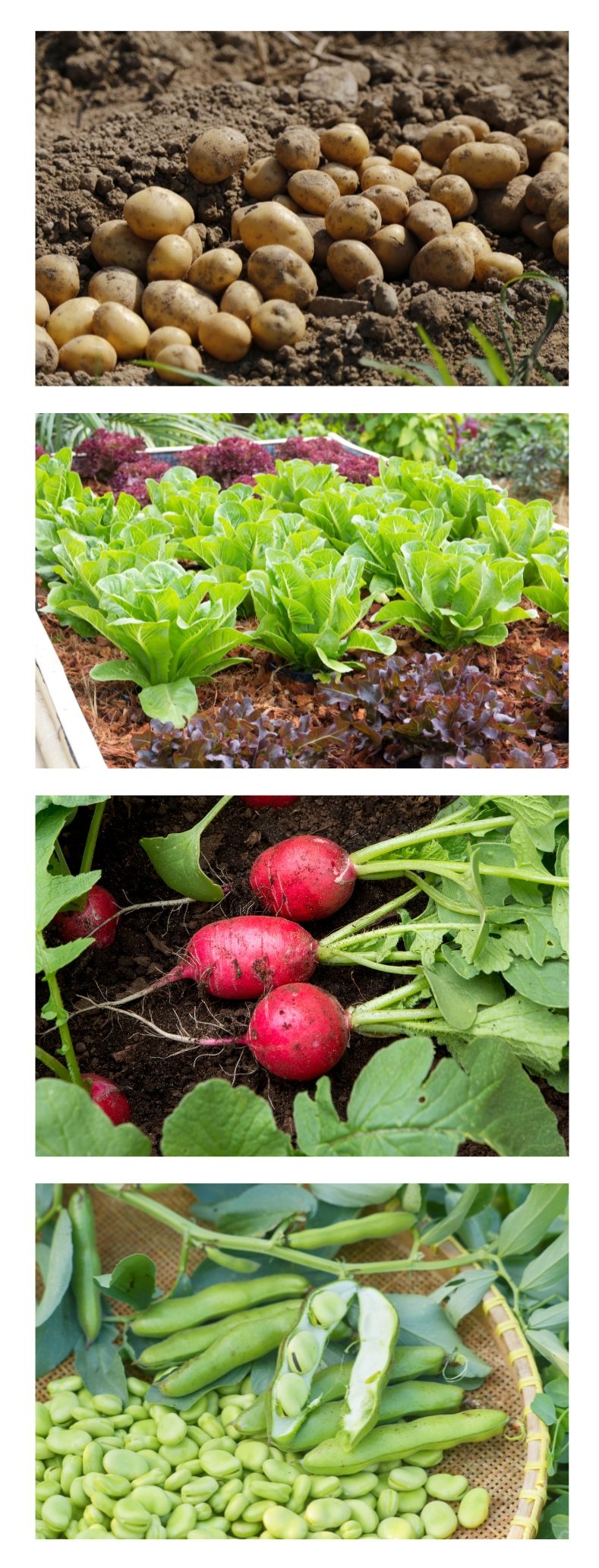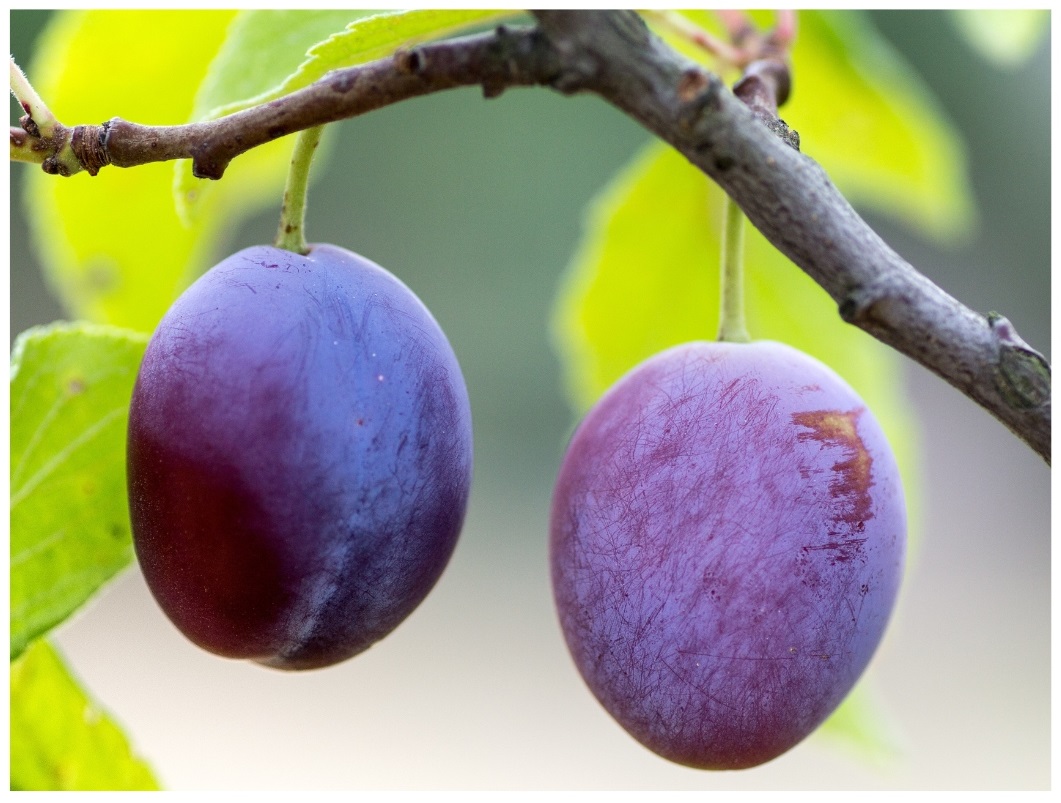June in the Kitchen Garden

June requires a vigilant gardener on the vegetable plot…
After what has been a slow start to the gardening year with the cold, dark weather holding plants back we are finally in June and I’m sure you have noticed in the last 10 days plant growth has really taken off due to the extra light and warmth.
Weeds are also appearing (!) and grow very rapidly: dig them out or pull them up if they are large. Regular hoeing when it’s dry will help keep on top of them. Covering bare soil with a mulch will also help.
If you planted first early potatoes, they should be ready this month – dig down carefully to check whether the tubers have reached the size you would like to harvest them at. Otherwise leave them to grow on for another week or two and keep them watered well to encourage larger tubers. Your first salads such as lettuce and radish could be ready to harvest, as well as broad beans. There is still plenty of time to either plant small starter plants of things such as beetroot, carrots, chard, swede, lettuce, leaf beet and spinach, brassicas such as cauliflower and calabrese for both autumn and spring harvesting, kohl rabi and Florence fennel for example. We hold good stocks of both vegetable seeds and starter plants, as well as a good range of herbs. As you clear a crop you can fill the gap with the next crop, to get the most from your plot.
 If you’re growing tomatoes, they will need side shooting to keep a strong plant which will give a good crop this summer. Don’t forget to feed and water your tomatoes regularly, along with the other fruit and vegetables you are growing. Greenhouses will need to be shaded and ventilated to prevent them overheating and prevent leaf scorch.
If you’re growing tomatoes, they will need side shooting to keep a strong plant which will give a good crop this summer. Don’t forget to feed and water your tomatoes regularly, along with the other fruit and vegetables you are growing. Greenhouses will need to be shaded and ventilated to prevent them overheating and prevent leaf scorch.
 In the fruit area make sure that you have traps in place for codling moth and plum moth: these sticky traps with a pheromone lure greatly reduce the amount of damage done to your apples and plums. Other pests to watch out for are birds taking any fruit (usually well before it is properly ripe): consider netting fruit trees and bushes securely to help prevent these losses. Watch out for caterpillars and sawfly larvae eating the leaves on your fruit bushes: they can quickly defoliate a gooseberry bush if left untouched. Aphids are another pest and cause leaf distortion on both fruit and vegetable plants: use either a suitable systemic insecticide such as Provanto Ultimate Bug Killer and observe the information on the box regarding the interval between spraying and harvest. Otherwise, SB Plant Invigorator which is based on plant-derived surfactants works well and has no harvest interval.
In the fruit area make sure that you have traps in place for codling moth and plum moth: these sticky traps with a pheromone lure greatly reduce the amount of damage done to your apples and plums. Other pests to watch out for are birds taking any fruit (usually well before it is properly ripe): consider netting fruit trees and bushes securely to help prevent these losses. Watch out for caterpillars and sawfly larvae eating the leaves on your fruit bushes: they can quickly defoliate a gooseberry bush if left untouched. Aphids are another pest and cause leaf distortion on both fruit and vegetable plants: use either a suitable systemic insecticide such as Provanto Ultimate Bug Killer and observe the information on the box regarding the interval between spraying and harvest. Otherwise, SB Plant Invigorator which is based on plant-derived surfactants works well and has no harvest interval.

June would appear to be the month of constant vigilance, but it is also a month of rewards as you start to reap the fruits of your labour – nothing beats the taste and satisfaction of growing your own!


